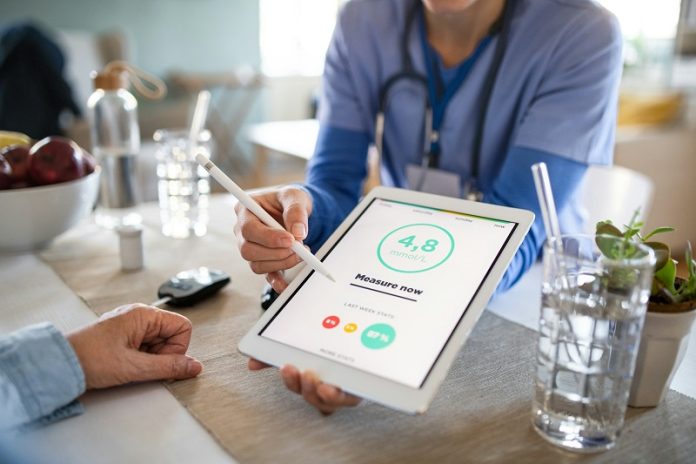
Type 2 diabetes is a long-term condition that affects the way the body processes blood sugar, or glucose. Many people with type 2 diabetes don’t realize they have it, especially in the early stages.
That’s because the symptoms can be mild or easy to mistake for something else. But catching it early is important because it allows you to make changes and avoid serious health problems later on.
One of the most common signs of type 2 diabetes is feeling very thirsty, even if you’re drinking plenty of water. Along with this, you may find yourself going to the bathroom more often than usual, especially at night.
This happens because high blood sugar pulls fluid from your tissues, making you dehydrated and causing your kidneys to work overtime to get rid of the excess sugar.
Another symptom is feeling tired all the time. When the body can’t use sugar properly for energy, you may feel weak or worn out. Some people also feel hungrier than usual, even after eating. That’s because the cells in your body aren’t getting the fuel they need, so your brain thinks you’re still hungry.
Unexplained weight loss can also be a warning sign. If your body can’t get energy from sugar, it may start breaking down muscle and fat for fuel. While weight loss might seem like a good thing, losing weight without trying can be a sign something is wrong.
Other possible signs include blurred vision, frequent infections (like urinary tract or skin infections), and slow-healing cuts or bruises. Over time, high blood sugar can damage nerves and blood vessels, leading to numbness or tingling in the hands or feet.
Certain risk factors make it more likely you’ll develop type 2 diabetes. These include being overweight, not getting enough physical activity, having a family history of diabetes, being over the age of 45, and having high blood pressure or high cholesterol. People from certain backgrounds, such as African, Asian, or Indigenous descent, may also be at higher risk.
Doctors can diagnose type 2 diabetes with a simple blood test. The most common tests include the fasting blood glucose test, the A1C test, and the oral glucose tolerance test.
These tests check how your body handles sugar. A normal fasting blood sugar level is below 100 mg/dL. If your level is 126 mg/dL or higher on two separate tests, it may mean you have diabetes.
Research shows that early diagnosis and treatment can prevent many of the serious complications linked to diabetes, such as heart disease, kidney problems, nerve damage, and vision loss. That’s why it’s important not to ignore the warning signs.
If you think you might have symptoms or are at risk, talk to your doctor. A quick blood test could give you answers and help you take control of your health. With the right treatment plan, which may include changes to diet, exercise, and sometimes medication, many people with type 2 diabetes live full, healthy lives.
If you care about diabetes, please read studies about Vitamin D and type 2 diabetes, and what you need to know about avocado and type 2 diabetes.
For more information about diabetes, please see recent studies about how to eat to prevent type 2 diabetes, and 5 vitamins that may prevent complication in diabetes.
Copyright © 2025 Knowridge Science Report. All rights reserved.



